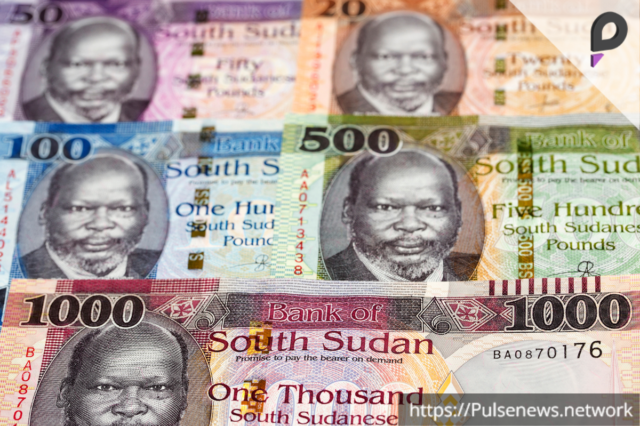Port Sudan: Sudan’s recent currency exchange initiative, launched in December, aims to combat the looting of funds by the Rapid Support Forces (RSF) amidst the ongoing conflict. The new 500-pound ($0.20) and 1,000-pound ($0.50) banknotes are only accessible through depositing old notes into banks, followed by limited daily withdrawals. This strategy is drawing funds from a largely unbanked population into the formal banking system, sparking mixed reactions across the country.
Strengthening the Banking Sector
According to Finance Minister Ibrahim Jibril, the initiative has bolstered the banking sector, enabling the government to finance critical projects, including the war effort and productive activities. While the exact amount of Sudanese pounds deposited remains undisclosed, Jibril emphasized the importance of this move in stabilizing the state’s financial standing during challenging times.
The army-aligned government has faced difficulties in paying salaries and securing essential goods, such as medicine, due to RSF looting of dozens of banks and disruption of farming activities. Jibril noted that gold production, a key revenue source, stood at 64 tonnes last year, with roughly half officially exported. This suggests a decline in looted gold from army-controlled areas.
The Divide: Exclusion and Controversy
The introduction of the new currency has drawn sharp criticism. Many argue it effectively excludes millions living in RSF-controlled regions from the financial system, rendering their old currency holdings useless. This move, critics say, deepens the divide within the country. The RSF has labeled the initiative illegal, citing it as a justification for establishing a parallel government in its territories.
In RSF-controlled areas, residents continue to rely on old banknotes, electronic transfers, US dollars, and even Chadian rials for transactions. However, in army-controlled areas like Port Sudan, protests have erupted over the challenges posed by the new banknotes.
Challenges for Ordinary Citizens
Traders and residents have voiced frustrations over the limited accessibility of cash and the lack of identification documents required to open bank accounts. Additionally, many lack smartphones necessary for online transactions, further complicating their ability to adapt to the new system.
“All of our capital is deposited in the bank. When you need cash in the future, they won’t give you. You might spend a whole day to get 50,000 pounds ($20) or 100,000 ($40),” lamented Ali Moneeb, a fishmonger in Port Sudan. Traders also report decreased sales due to the restrictive withdrawal limits and the cumbersome process of accessing funds.
Currency Printed Abroad
Adding to the controversy, the new banknotes were printed in Russia, highlighting the involvement of foreign powers on both sides of the conflict. While this may streamline the currency rollout, it underscores the international stakes in Sudan’s ongoing crisis.
A Divided Outcome
Sudan’s currency reform has yielded some success in strengthening the banking sector and diminishing RSF’s looted funds. However, the exclusion of millions from the financial system, logistical challenges, and public discontent indicate the complexities of implementing such reforms during wartime. As the nation grapples with its divided state, the long-term effectiveness of the new currency policy remains uncertain.
This initiative represents a significant step in Sudan’s economic strategy but also highlights the fragile balance between addressing immediate financial needs and ensuring inclusivity in a war-torn nation.











